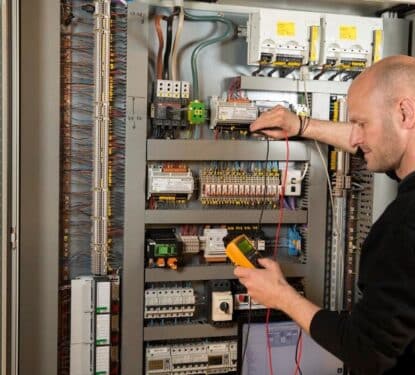The OpenADR Alliance has released two new online tools to help utilities maintain better grid reliability through use of Automated Demand Response (ADR), while providing customers with demand response-enabled products delivering enhanced energy efficiency.
The Deployment Map is a database containing OpenADR 1.0 and 2.0 deployments worldwide and provides information on OpenADR utility programs, including the location, status, user category, project timeline, OpenADR Profile, and links to more information.

Demand Response plays a vital role in grid stabilization during peak seasons, easing severely constrained electrical grids around the world. Future energy crises caused by electricity demand exceeding system capacity can be postponed or even averted through Demand Response systems.
In the US, the Federal Energy Regulatory Commission (FERC) defines DR as “changes in electric use by demand-side resources from their normal consumption patterns in response to changes in the price of electricity, or to incentive payments designed to induce lower electricity use at times of high wholesale market prices or when system reliability is jeopardized”.
The ability of DR to avert an energy crisis is so promising that one FERC Commissioner has identified DR as the “killer application” for Smart Grids.
ADR helps system operators reduce the operating costs of DR programs while increasing DR resource reliability. For customers, ADR reduces the resources and effort required to achieve successful results from these DR programs. Automation is what also makes it possible to translate changes in wholesale markets to corresponding changes in retail rates, enabling customers to respond to DR signals in real-time to reduce demand. Much like the Power Smart Pricing program, recently launched by Ameren Missouri.
Successful implementation of ADR requires standardisation allowing wholesale producers to communicate with utilities and aggregators, who in turn communicate with their customers, who can then reduce demand during peak periods. Without an ADR standard, automated DR would be difficult and costly to implement. System development, integration and installation costs could grow to prohibitive levels, and these proprietary and expensive assets could eventually become stranded.
OpenADR is THE open and standardised way for electricity providers and system operators to communicate DR signals with each other and with their customers using a common language over any existing IP-based communications network, such as the Internet. As the most comprehensive standard for Automated Demand Response, OpenADR is achieving widespread support throughout the industry.
Memoori expects that by 2022 most advanced BEMS systems will provide Automated Demand Response (ADR) using OpenADR and / or this functionality will be provided by the EEM package in Smart Buildings - http://memoori.com/portfolio/connecting-smart-grid-with-bems/
The OpenADR Alliance also recently modified its product database, so visitors can now easily navigate to more than 60 OpenADR certified products, including a global search which tracks keywords in the product name, description and other categories. The database creates a series of filters visitors can utilize to narrow their search to their exact interests.
"Utilities, vendors and customers worldwide are regularly searching for products that can be used to support various automated demand response programs or for project references pertaining to adoption of the OpenADR standard," said Barry Haaser, managing director, OpenADR Alliance.
"Having information at your fingertips about OpenADR utility projects and OpenADR certified products that are available to support them gives the energy industry essential tools needed to develop automated demand response programs."
For example, utilities can see who is offering products and deploying projects based on the OpenADR standard for managing loads; from electric vehicle (EV) charging stations, C&I programs, and residential energy-efficiency and smart thermostat programs.
The OpenADR Alliance, and similar organisations around the world, are developing a vital step for the energy industry’s development, creating a modern, flexible system for a greener, more efficient and dynamic energy future.



